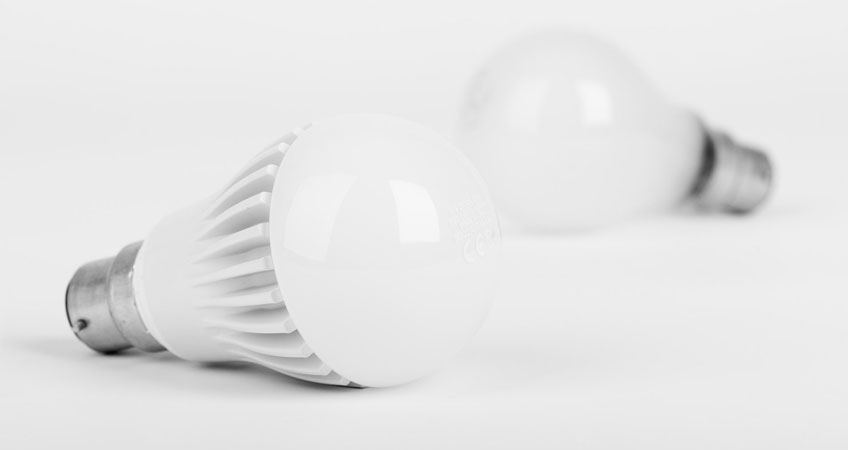Use air conditioning more efficiently – with revolving doors
Air conditioning systems are often essential for maintaining comfortable indoor temperatures. In summer, they cool hot, humid air and remove moisture. In winter, they warm cold, dry air. However, this process consumes a significant amount of energy. Revolving doors minimize the exchange of air between indoors and outdoors, which means less energy is needed to regulate the indoor climate. This not only reduces energy consumption but also lowers operating costs.
Why a revolving door insulates better than a regular door
When swing or sliding doors open, air flows freely in and out—much like air rushing out of a popped balloon. In contrast, a revolving door ensures that there is never a direct opening between the inside and outside. This keeps indoor temperatures stable without constant adjustments from heating or cooling systems.
How much energy can a revolving door save?
A study by MIT found that using revolving doors exclusively can reduce energy consumption by up to 88 percent. This is because revolving doors reduce air exchange by a factor of eight.
The amount of energy saved depends on several factors:
-
Season: Energy savings are higher in winter than in summer, as heating is more expensive than cooling.
-
Pressure differences: In cold weather, warm indoor air pushes out more forcefully than in summer.
-
Wind conditions: On windless days, warm air stays inside more effectively, increasing the energy-saving potential.
The noticeable energy loss of regular doors
When you walk through a regular door, you often feel a draft—that’s real-time energy loss. Here’s a comparison:
-
Each time a regular door is opened, 76 watt-hours (267 BTU) of energy are lost.
-
That’s equivalent to a fluorescent lamp shining for 4.3 hours.
-
Or driving a car for 92 meters.
-
Or running 1 kilometer.
Conclusion: Revolving doors reduce energy costs sustainably
With revolving doors, you don’t just save on heating and cooling expenses—you also actively contribute to environmental protection. Invest in a sustainable building solution and optimize your energy consumption.
Want to learn more? Click here to find out more about our revolving doors.

